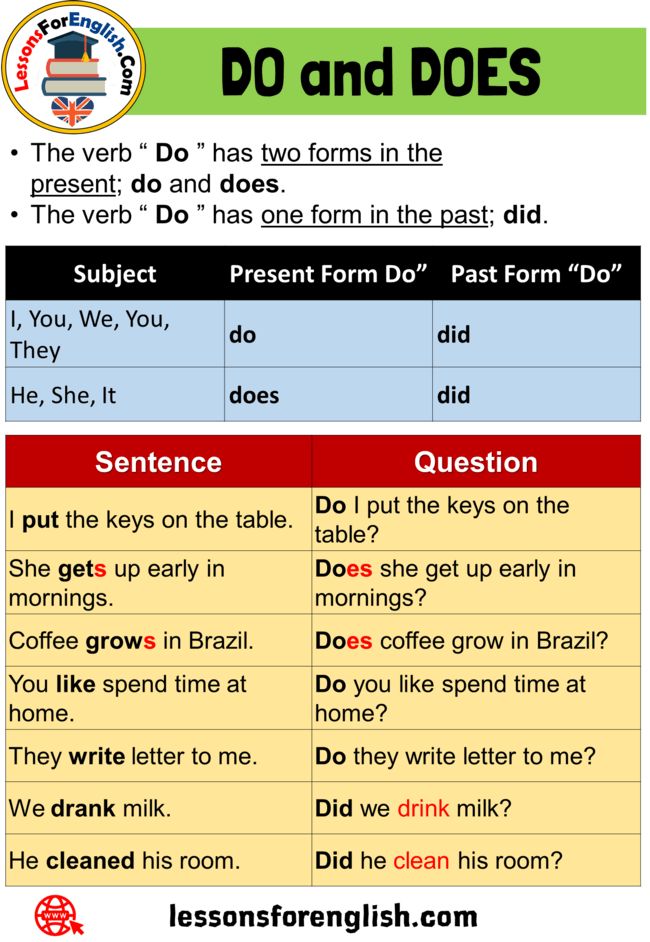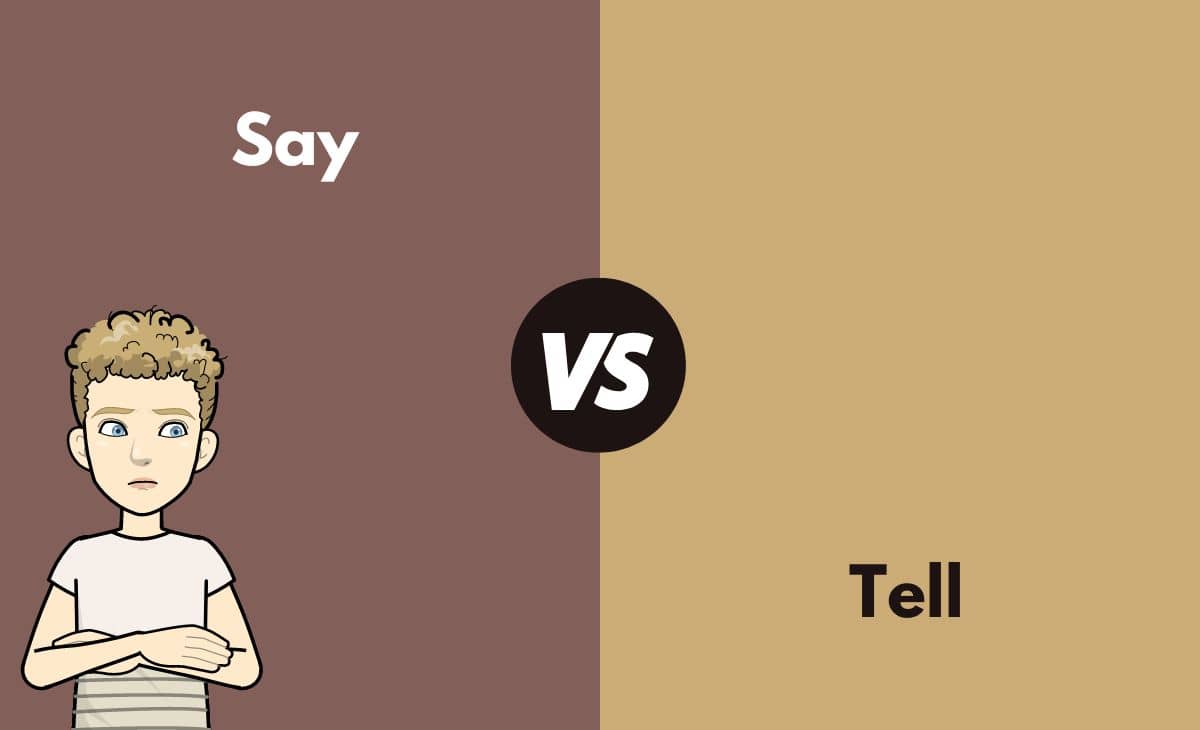How to Qualify for a Career in Graphic Design: Education Paths, Skills, and Practical Steps
Understanding Education Requirements for Graphic Designers
Graphic design is a dynamic field that blends creativity with technical expertise. If you are considering a career as a graphic designer, understanding the educational pathways and qualifications is essential to position yourself competitively in the job market. While talent and creativity are vital, employers also look for specific educational backgrounds, practical experience, and demonstrable skills. This guide explores all recognized education routes, actionable steps, and alternatives for those aspiring to enter the graphic design profession.
Minimum Education: High School Diploma or GED
The journey towards a graphic design career typically begins in high school. A high school diploma or General Education Development (GED) certificate is the minimum requirement for entering most post-secondary graphic design programs. High school students interested in this path should consider enrolling in art courses such as art history, drawing, digital art, or web design. These foundational subjects not only spark creativity but also develop basic skills that are useful for future studies and portfolio development. Extracurricular activities-such as working on the school yearbook or contributing to student publications-can further hone practical design skills and provide early exposure to the field [1] .
Post-Secondary Degrees: The Traditional Route
Most professional graphic designers hold at least an associate’s or bachelor’s degree in graphic design or a related field. Degree programs provide structured learning, access to industry tools, and opportunities to build a professional portfolio.
Associate’s Degree in Graphic Design
An associate’s degree typically takes two years to complete and focuses on core graphic design skills such as digital illustration, typography, color theory, and design fundamentals. This degree prepares graduates for entry-level positions and offers a pathway toward further education. Many colleges and art schools offer these programs both in-person and online. While an associate’s degree can open doors to junior roles, prospective designers should be aware that competition for jobs is strong and many employers now prefer candidates with bachelor’s degrees [3] .
Bachelor’s Degree in Graphic Design or Related Field
A bachelor’s degree is considered the standard qualification for most graphic design jobs. These programs, typically lasting four years, cover an extensive curriculum that includes:
- 2D and 3D design
- Typography and color fundamentals
- Digital imaging and illustration
- Visual identity and branding
- Motion graphics and web design
- Publication and print layouts
- Graphic design history and theory
Students also complete general education courses, which broaden their creative and critical thinking skills. Many programs require students to develop a professional portfolio as a capstone project. This portfolio is critical when seeking employment after graduation [1] [4] .
Students who already have a bachelor’s degree in a different field can often take technical training or certificate programs in graphic design to meet hiring requirements [5] .

Source: ardeo.org
Alternative Pathways: Certificates, Diplomas, and Bootcamps
For those who do not wish to pursue a traditional degree, there are alternative routes into graphic design. Certificate and diploma programs, offered by community colleges and specialized art schools, vary in duration from one semester to two years. These programs focus intensively on practical design skills and industry-standard software. Graduates from these programs can be competitive for junior or freelance roles, especially if they have a strong portfolio [3] .
Design bootcamps and online courses have also become popular. These intensive training sessions provide real-world, project-based learning and direct mentorship. While they may not offer a degree, successful completion can help you rapidly develop a professional portfolio and demonstrate skill proficiency to potential employers [2] .
Key Skills and Tools for Success
Regardless of your educational path, employers expect graphic designers to demonstrate proficiency in key areas:
- Design Principles: Color theory, composition, typography, and layout.
- Software Expertise: Familiarity with Adobe Creative Cloud (Photoshop, Illustrator, InDesign) is essential. Basic coding skills in HTML and CSS may also be advantageous for web or digital design roles.
- Portfolio Development: A compelling, well-organized portfolio showcasing a range of work is often the deciding factor in hiring decisions. Your portfolio should include real-world projects, whether from coursework, freelance jobs, or personal initiatives.
Practical experience, even from personal projects or internships, is highly valued. Many employers prioritize demonstrated ability and creativity over formal credentials alone [2] [4] .
Steps to Enter the Graphic Design Profession
1. Develop Foundational Skills in High School: Take art, design, and digital media courses. Seek extracurricular projects to build early experience.
2. Choose the Right Post-Secondary Pathway: Evaluate your career goals and resources. A bachelor’s degree offers the most flexibility and advancement potential, but associate degrees, certificates, or bootcamps may suit those seeking quicker entry or career changes.
3. Build a Standout Portfolio: Gather your best work from classes, internships, and freelance projects. Tailor your portfolio to the types of roles you want.

Source: teacher.org
4. Gain Real-World Experience: Pursue internships, volunteer roles, or freelance gigs to develop your skills and expand your portfolio. Practical experience is often more important than formal education alone.
5. Stay Up to Date with Industry Trends: Graphic design tools and aesthetics change rapidly. Regularly update your skills through workshops, seminars, and self-directed learning.
Alternative Approaches and Continuing Education
For those interested in specialized fields such as web design, digital media, or motion graphics, consider further study or certifications in those areas. Some universities offer master’s degrees in graphic design or related disciplines, which may be required for teaching positions or advanced creative roles [4] .
If you already have a bachelor’s degree in another area, you can often enroll in post-baccalaureate certificate programs or technical courses to gain the necessary skills and credentials [5] .
Accessing Education and Training Opportunities
To find accredited graphic design degree programs, you can research local colleges, universities, and art schools. Many offer both on-campus and online options. If you are seeking certificate or diploma programs, community colleges and specialized art institutions are good starting points. For bootcamps or online courses, reputable platforms such as Coursera, LinkedIn Learning, or well-known design schools offer structured training, though you should always verify the credentials and reputation of any provider before enrolling.
Financial aid for graphic design studies may be available through federal student aid programs, scholarships, or school-specific grants. To explore financial aid options, visit the official Federal Student Aid website or consult your school’s financial aid office for guidance.
Summary and Key Takeaways
Graphic design is a career that values both education and hands-on ability. While a bachelor’s degree in graphic design is the standard requirement for most full-time positions, associate degrees, certificates, and alternative training can also lead to entry-level opportunities. Ultimately, a strong portfolio, up-to-date skills, and real-world experience are crucial for standing out in this competitive field. Explore your options carefully, tailor your education to your goals, and continually invest in your professional development.
References
- [1] Indeed (2025). What are the Qualifications for Graphic Designers?
- [2] Noble Desktop (2025). Graphic Designer Requirements: What You Need for a Career in Graphic Design
- [3] All Art Schools (2025). Graphic Design Schools & Careers Guide
- [4] SNHU (2022). How to Become a Graphic Designer
- [5] Raise Me (2025). Graphic Designers: Salary, career path, job outlook, education and more
MORE FROM todayhiring.us













